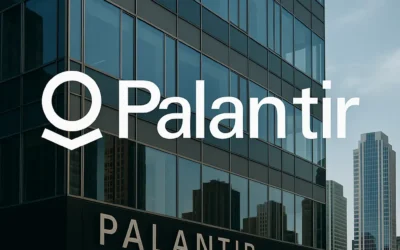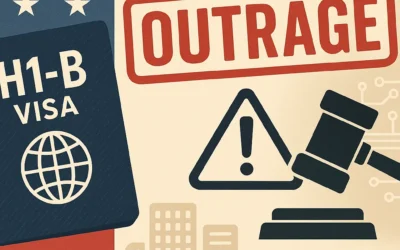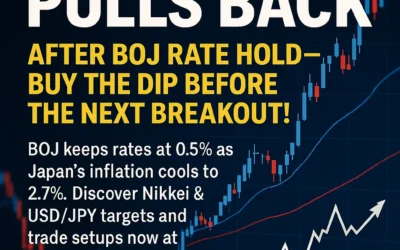NATO’s AmbitiousAs of June 15, 2025, NATO faces a critical juncture with its member states, particularly as the alliance debates a significant increase in defense spending targets. Recent calls from NATO Secretary General Mark Rutte and U.S. President-elect Donald Trump have pushed for a rise from the current 2% of GDP to as much as 5%, driven by escalating tensions with Russia and concerns over the alliance’s military readiness. However, Belgium, a founding member of NATO, has signaled a cautious stance, rejecting this urgent push for military expansion. This blog post delves into the economic implications of Belgium’s position, analyzing the fiscal constraints, trade-offs, and long-term sustainability of such a decision.
Spending Goals
NATO seeks higher defense budgets due to Russia’s buildup. Russia’s spending hit 7-8% of GDP in 2025. This outpaces NATO’s ammo production. Meanwhile, Secretary General Mark Rutte wants 3.7% as a minimum. Additionally, U.S. President-elect Donald Trump pushes for 5%. Only 23 of 32 members met the 2% target in 2024. Belgium spends just 1.2-1.3% of GDP. However, its new government aims for 2% by 2029. Consequently, a 5% jump faces strong opposition.
Belgium’s Economic Constraints
Belgium’s economy stands at €500 billion GDP. Exports drive over 80% of its output. Meanwhile, the nation’s debt exceeds 105% of GDP. Furthermore, its budget deficit hit 4.5% in 2024. A 5% target would cost €25 billion yearly. This could mean tax hikes, social cuts, or more borrowing.
- Taxation Risks: Higher taxes could hurt competitiveness. Belgium’s corporate tax is 25%. Labor costs are already high. Therefore, businesses might move to the Netherlands or Luxembourg.
- Social Trade-Offs: Welfare takes 50% of the budget. Cuts would spark public anger. However, people prioritize stability over military growth.
- Debt Concerns: Borrowing €15-20 billion more could push debt to 120% of GDP. Additionally, rising interest rates would add pressure.
Short-Term Fixes vs. Long-Term Viability
Belgium plans to hit 2% by 2029 with temporary measures. These include bank dividends and taxes on frozen Russian assets. Meanwhile, loans off the books help too. The government will buy F-35 jets and frigates. However, delays in joint NATO-EU purchases slow progress. Therefore, this approach is a short-term fix. It won’t support a 5% target. Furthermore, reliance on EU funding risks moral hazard. Consequently, Poland, spending 3.5% of GDP, may resent this.
The Cost of Saying No
Rejecting 5% avoids strain but risks weakness. Russia produces in three months what NATO does in a year. Meanwhile, Rutte warns a conflict could cost trillions, not billions. Additionally, trade and energy disruptions would follow a Russian win. However, Belgium’s refusal might isolate it. Therefore, the U.S. could cut support. Consequently, Europe might need €250 billion yearly to compensate.
A Balanced Approach
Belgium’s stance makes economic sense. But it needs a better plan. Options include:
- Gradual Growth: Reach 2.5-3% by 2030 with tax reforms.
- Joint Efforts: Use EU-NATO deals for shared costs.
- Industry Boost: Invest in defense jobs to offset expenses.
Furthermore, this aligns with 2025 trends for collective action. Therefore, it balances security and stability.
Conclusion
Belgium rejects NATO’s 5% push due to debt and trade risks. However, this avoids a crisis but highlights strategic gaps. Meanwhile, the June summit in The Hague will test its position. Consequently, can Belgium negotiate a fair target? The answer will shape its economic and security future. Read more on our blog: Investment Blog.








0 Comments